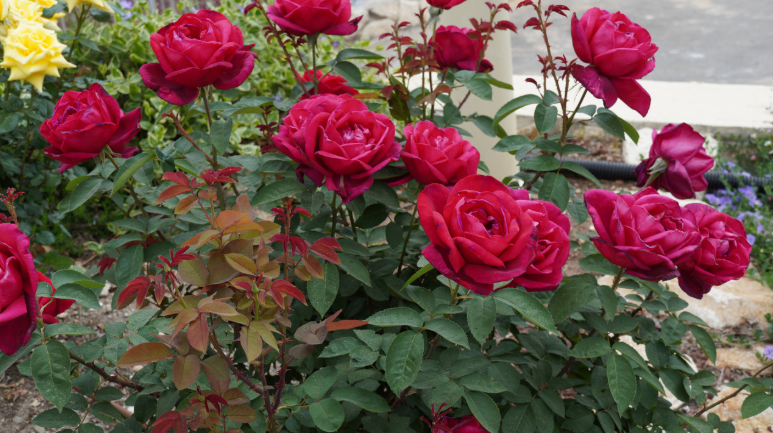Flowering shrubs are a beautiful addition to any garden, offering color, texture, and seasonal interest. Whether you are planting rose bushes or other flowering varieties, proper care is essential to keep them healthy, vibrant, and thriving throughout the year. By understanding their specific needs, you can ensure a garden full of lush blooms and strong growth.
Flowering shrubs not only enhance the aesthetic appeal of your landscape but also provide habitat for pollinators like bees and butterflies. With proper maintenance, these plants can flourish for years, becoming a focal point in your garden or yard.
Choosing the Right Flowering Shrubs
Before diving into care routines, it’s important to select the right shrubs for your garden. Consider the following factors:
- Climate Compatibility: Ensure the shrub variety is suitable for your local climate and soil type.
- Sunlight Requirements: Some flowering shrubs thrive in full sun, while others prefer partial shade.
- Space and Growth: Check the mature size of the shrub to avoid overcrowding and ensure proper air circulation.
- Bloom Time: Select varieties that bloom at different times for continuous color throughout the season.
Essential Care Tips for Flowering Shrubs
1. Proper Planting Techniques
Plant your flowering shrubs at the correct depth, making sure the root ball is fully covered with soil. Loosen compacted roots before planting and provide adequate spacing between shrubs to promote healthy growth. Mulching around the base helps retain moisture and regulate soil temperature.
2. Watering Guidelines
Consistent watering is crucial, especially during the first year after planting. Deep watering encourages strong root development. For established shrubs, adjust watering based on rainfall and soil type. Avoid overwatering, as waterlogged soil can lead to root rot.
3. Pruning and Deadheading
Regular pruning helps maintain the shape and health of your flowering shrubs. Remove dead or diseased branches to prevent the spread of pests and diseases. For plants like rose bushes, deadheading spent flowers encourages new blooms and prolongs the flowering season.
4. Fertilizing
Use a balanced, slow-release fertilizer designed for flowering shrubs. Fertilize in early spring and, if necessary, again in mid-summer to support healthy growth and abundant blooms. Organic compost can also enrich the soil and improve nutrient availability.
5. Pest and Disease Management
Monitor your shrubs regularly for signs of pests or disease. Common issues include aphids, spider mites, and fungal infections. Early intervention with natural or chemical treatments can prevent significant damage. Maintaining good air circulation and proper watering practices reduces the risk of disease.
6. Winter Protection
Some flowering shrubs are sensitive to frost and cold temperatures. Apply mulch around the base in late fall to protect roots, and consider covering delicate plants with burlap during extreme cold spells. This helps shrubs survive the winter and ensures vigorous growth in spring.
Enhancing the Beauty of Your Flowering Shrubs
- Companion Planting: Combine shrubs with perennials, annuals, or ornamental grasses for added texture and visual interest.
- Color Coordination: Choose shrub varieties that complement each other to create striking color schemes in your garden.
- Container Planting: Some flowering shrubs can thrive in large pots, making them versatile for patios, decks, and smaller spaces.
Common Flowering Shrubs to Consider
- Rose Bushes: Classic and versatile, roses provide vibrant blooms and a pleasant fragrance.
- Hydrangeas: Known for their large, colorful flower heads and adaptability.
- Lilacs: Fragrant and easy to grow, ideal for borders or hedges.
- Azaleas and Rhododendrons: Offer bright spring blooms and evergreen foliage in some varieties.
- Spirea: Low-maintenance shrubs with clusters of small, colorful flowers.
Conclusion
Caring for flowering shrubs requires attention to planting, watering, pruning, fertilizing, and winter protection. By understanding the unique needs of each shrub and providing consistent care, you can enjoy a garden filled with healthy, vibrant plants that enhance your outdoor space.
Whether you’re growing rose bushes or other flowering varieties, proper maintenance ensures continuous blooms, strong growth, and a beautiful landscape that brings joy year after year. By investing time and effort into your shrubs, you create a garden that is both visually appealing and ecologically beneficial, attracting pollinators and supporting biodiversity.
